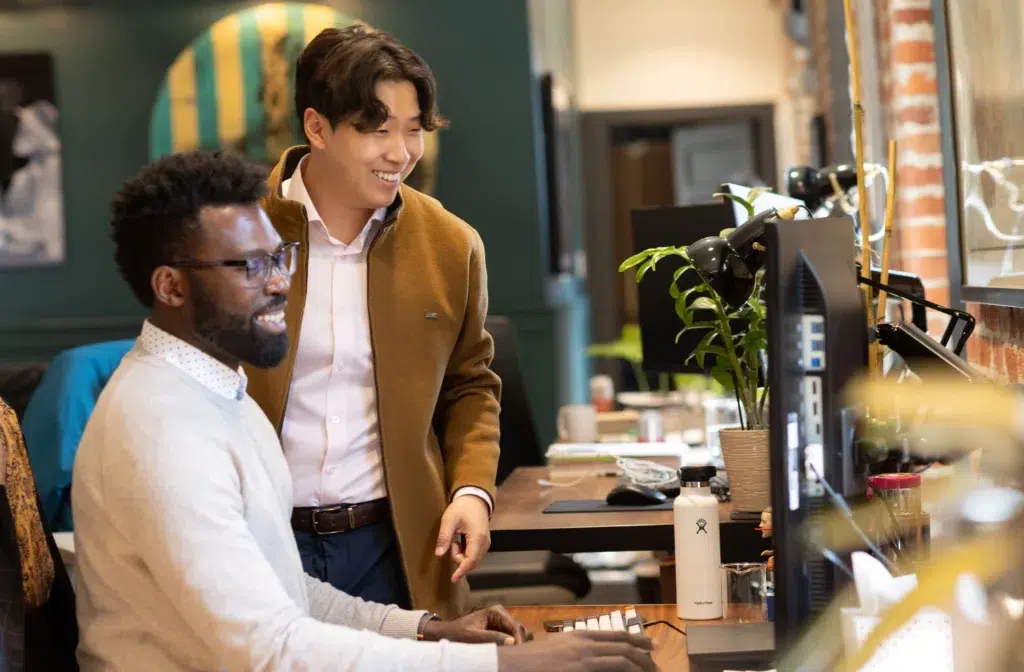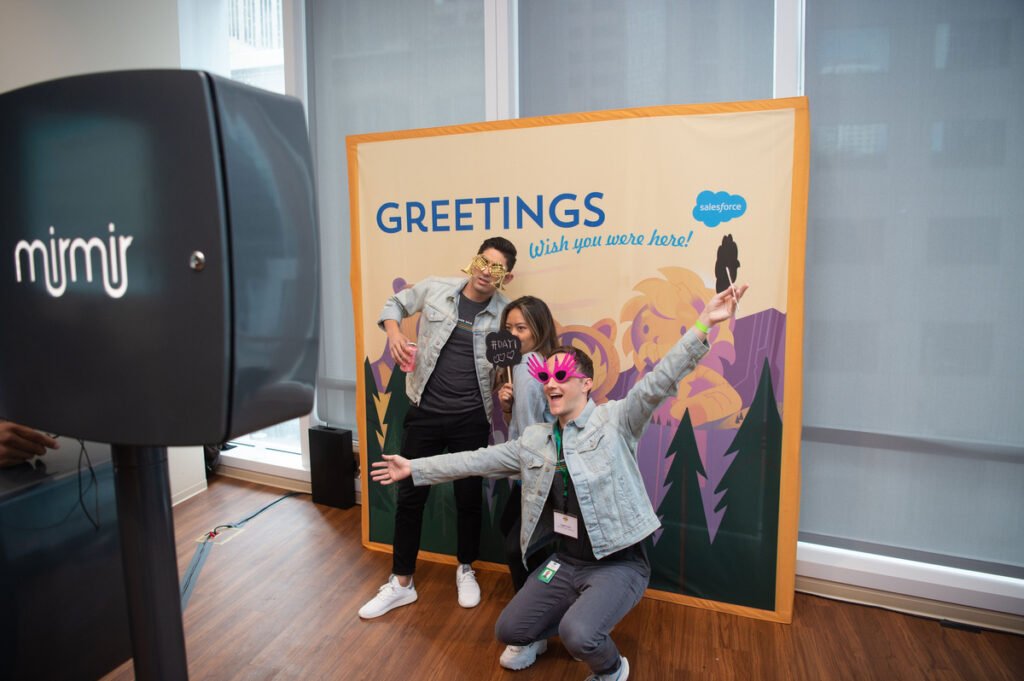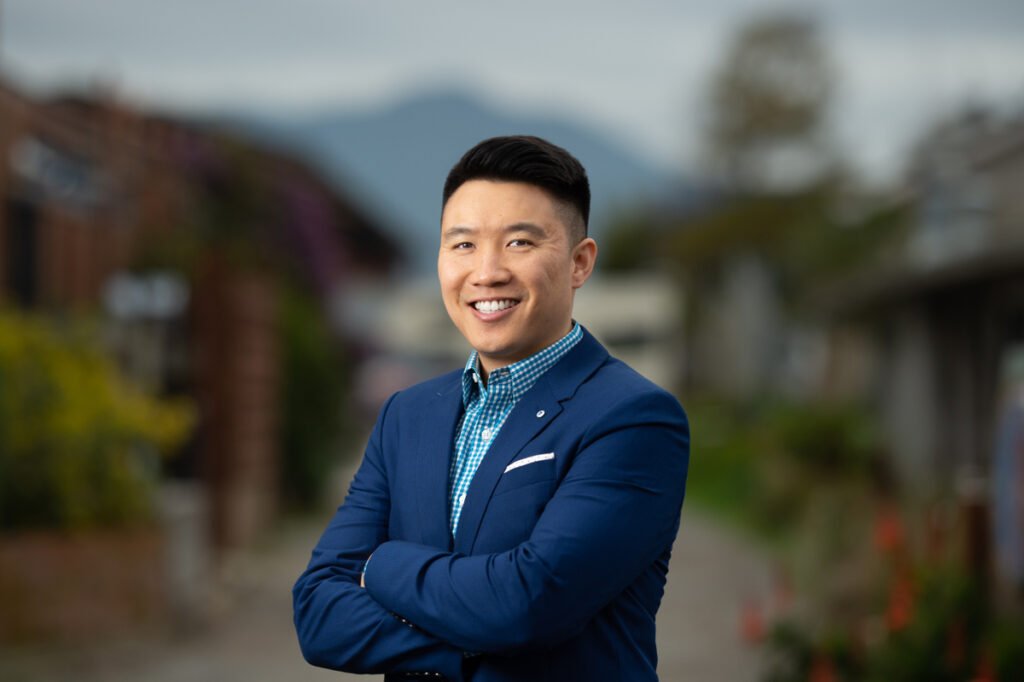You Get What You Pay for – Don’t Skip When Hiring a Photographer
There is a time when you must decide to save money or invest wisely. Many people choose the cheaper option and later regret it. Photography is one area where price is linked to quality. A good photographer does more than take photos. They create memories that tell stories. They capture real emotion that lasts for years. This blog explains why choosing the right photographer matters and why avoiding the cost can bring bigger problems. Why Photography is More Than Just a Camera? A camera alone does not make a photographer. It is not just pushing a button. Real photography needs skill, time and knowledge. A professional uses light and angles to build meaning. They guide your poses. They create a calm and natural space. A beginner cannot do this with any camera. The person adds the value. The Real Value Behind a Professional Photographer A professional photographer grows through years of hard work. Their photos show that journey. You pay for real skill, strong equipment and careful editing. You pay for their special vision. The Power of Expertise and Experience A skilled photographer learns through years of real work. They manage lighting anywhere. They adjust tools quickly. They make nervous people feel sure. They turn busy scenes into simple, beautiful moments. Their experience gives them speed and creativity. When you hire a pro, you pay for dependability. You pay for comfort. You pay for someone who handles problems easily. Good Equipment Brings Better Results Professional photographers use strong and reliable cameras. They choose lenses that give sharp and clear photos. They also keep backup gear for safety. Cheap photographers use basic tools that fail in many situations. Good equipment cannot replace talent but it improves the final result. It adds depth and detail. It makes colours richer and images more beautiful. Cheap Choices Often Bring Expensive Mistakes When you plan a special event, you focus on every detail. You want everything to look right. But bad photos make the whole experience feel weak. Many people choose low-cost photography and regret it later. Poor photos are hard to repair. It is easier to invest in a good photographer from the start. The Hidden Costs of Going Cheap A budget photographer may cause damage you did not expect. They can deliver late or even lose your photos. Their edits may look weak or few. You may end up hiring someone else. This increases your cost. Some moments cannot return. Losing them forever brings real emotional pain. Stress and Disappointment Can Ruin the Experience A photo session should feel fun. You should feel free and relaxed. An untrained photographer can make the moment stressful. They may not guide you. They may miss important shots. This tension shows in every picture. A professional brings peace and confidence. They help you feel comfortable and look your best. The Story of Choosing Quality Over Price Let’s imagine a simple story. You wanted lovely engagement photos, but picked a cheap photographer. He arrived late and did not guide you. Your photos came out dark and blurry. You felt upset because the day was important. Later, you saw your friend’s photos taken by a professional. They looked bright and emotional. Here, you understood the difference. Then, you wished you had invested wisely from the start. This story happens to many people. It reminds us that photography is not a place to cut corners. It is an investment in your memories. How a Skilled Photographer Changes Everything? A professional photographer brings value from the first conversation. They guide you with ideas. They understand your vision. They help you choose the right time, place, and style. They Capture Emotion, Not Just Faces A skilled photographer notices the small moments. The shy smile. The quick laugh. The tears of joy. The proud expression. These details make the photo feel alive. Cheap photographers often miss these moments because they focus only on quick, simple shots. Their Presence Makes the Experience Better A professional photographer makes the session feel light. They guide you slowly. They help you stay confident. You pose without stress. The experience becomes enjoyable. This natural comfort is clearly reflected in the photos. They Build Trust Through Professionalism Professional photographers communicate clearly. They arrive on time. They plan ahead. They prepare for unexpected problems. They care about your satisfaction. This trust makes you feel relaxed, and relaxed people always look better in photos. When the Price Matches the Result The phrase “You get what you pay for” is true in photography. Good photographers charge fair prices because they deliver strong results. Their work holds value for years. A cheap option may look tempting at first, but the disappointment lasts much longer. Memories Should Never Be Discounted You can buy clothes again. You can redo makeup. You can repaint a wall. But you cannot recreate moments. Once they pass, only pictures remain. That is why good photography matters. It protects your memories. It keeps your story alive. How to Choose the Right Photographer? It takes time to find a good photographer. You must check their experience and their style. Talk to them and see if they understand your ideas. A skilled photographer listens and supports you. They help you feel calm in front of the camera. Trust improves every picture. That trust is worth paying for. Conclusion Hiring a photographer is more than buying a service. It is investing in your important memories. A cheap option may save money now, but can destroy quality and peace later. A skilled photographer brings talent and heart. They capture moments you will value for life. So choose carefully. Quality always matters. You truly get what you pay for. Pick someone who respects your story. FAQs What risks come with hiring a cheap photographer? You may get cheap photos. You also risk poor lighting, weak editing, and lost moments. What should I look for in a photographer’s portfolio? Check








